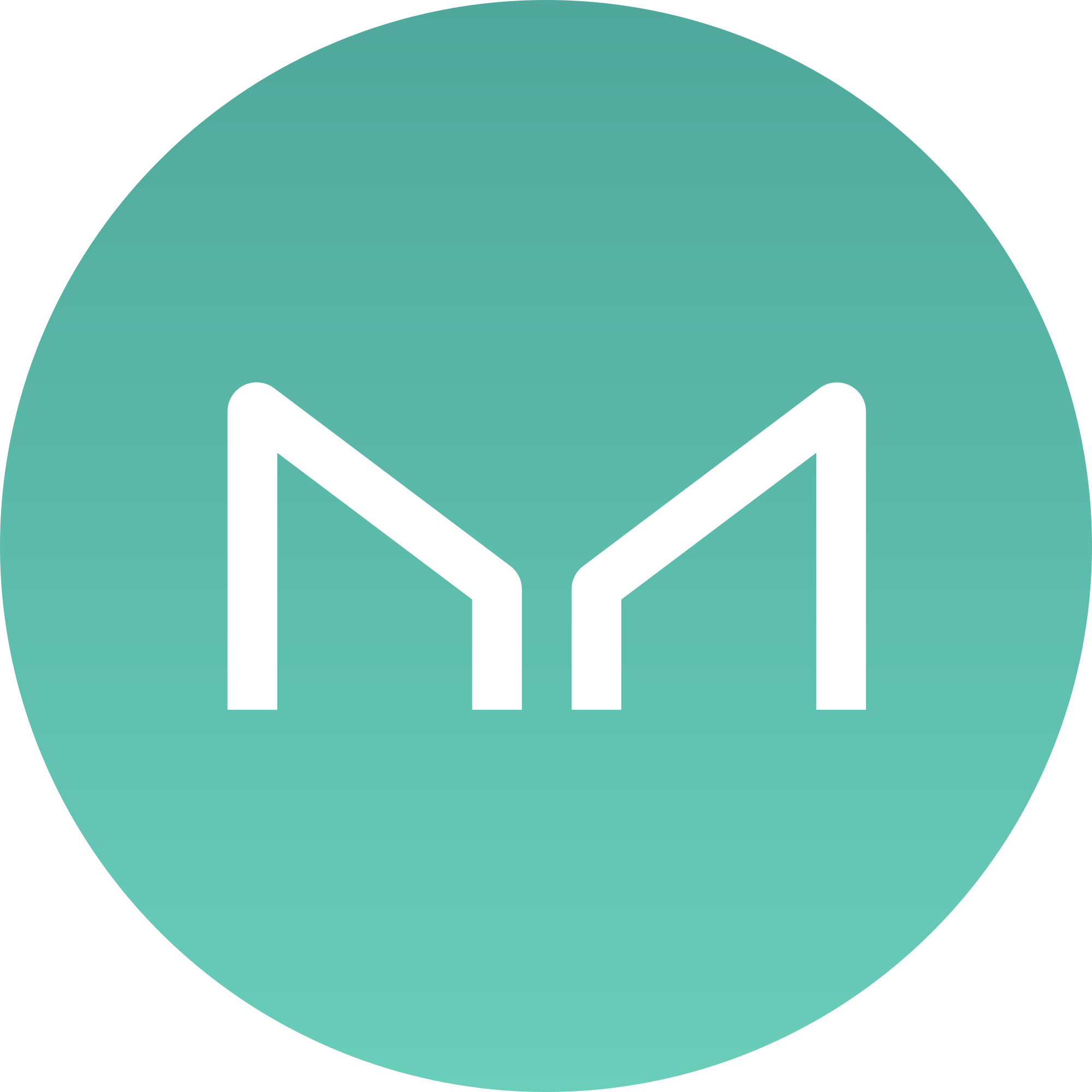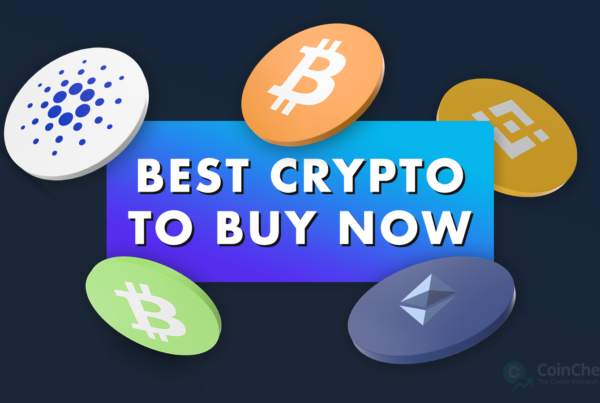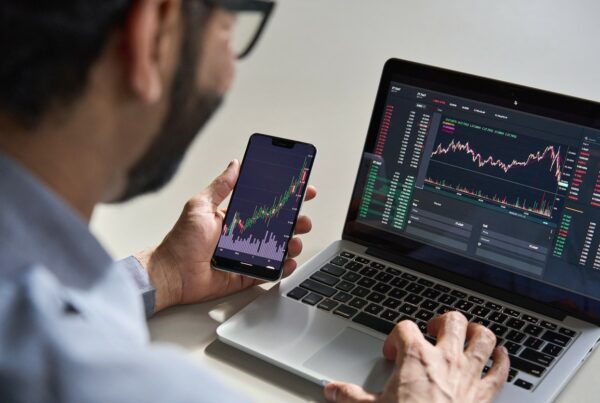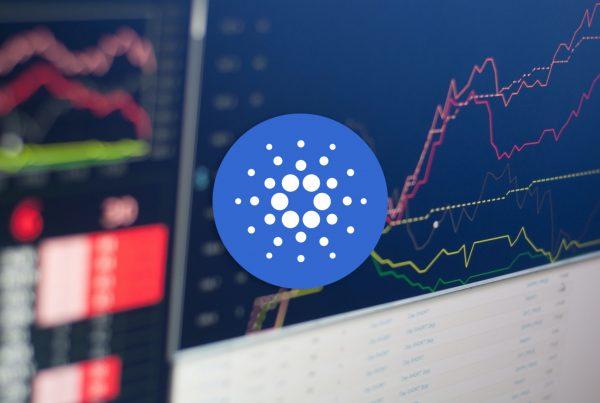
The total cryptocurrency market capitalization seems to be slowly climbing towards the $1 trillion level again. Throughout last week it increased from slightly less than $910 billion to $972 billion and thereby almost completely negated the losses of the week before that. Nevertheless, with no clear trend reversal in sight, this might not be enough to scare off the bears that have been raging through the markets the last couple of months. Bear market or not, you can almost never do wrong if you read our weekly Coins to Watch articles.

3. Axie Infinity (AXS)
Axie Infinity is a Pokémon-inspired blockchain-powered trading and battling video game. The game is developed by a Vietnamese gaming studio Sky Mavis and has netted more than $2 billion in NFT sales to date. Axie infinity players utilize Ethereum-issued tokens AXS and Small Love Potion (SLP) to breed, trade and battle with their virtual creatures called Axies, each represented by a one of a kind NFT. The growing userbase and protocol revenue has made Axie Infinity one of the most expensive NFTs collections.
Axie Infinity launches Land Staking and prepares for the first AxieCon Event
While AXS has been the CoinCheckUp’s #3 Coin to Watch already two weeks ago, the project developers have since added a few more reasons for monitoring or even acquiring AXS. Since AXS’s last time being featured in the C2W article, the Axies team has successfully deployed the Origin update and also the first Origin update patch. In addition, the Ronin bridge is now up and running again and the game developers launched a new feature called land staking, where players are rewarded with AXS for staking their in-game land plots. This recently rolled-out feature instantly became very popular as it increases the game’s earning potential. Data from the Ronin Chain explorer suggest that more than 87% of plots of land have already been staked. The introduction of plot staking has driven up the price of in-game land plots causing several virtual plots to sell for over 130 Ether (ETH) each, which suggests that the level of interest in the game is still very high. Last but not least, Axie Infinity started selling tickets for AxieCon event that will take place in Barcelona in September. AxieCon will feature three big tournaments with a combined prize pool of $1 million in AXS. The biggest of the three tournaments will be the Axie World Championship where top 16 Axies players will fight for the $500,000 of AXS prizes. As you can imagine, hosting a real-life event of this proportion is an important milestone for the Axie team and even more for the game’s community.

2. Maker (MKR)
Maker protocol was one of the earliest projects on Ethereum and remains the cornerstone of Ethereum’s decentralized finance ecosystem. This protocol, which launched already in 2015, allows users to lock up their Ethereum or other Ethereum-based assets as collateral to receive a loan in the form of Dai stablecoin. Dai, which is designed to trade as close to $1 as possible, is issued in a completely trustless manner. Its issuance and peg are governed by a complex system of Ethereum smart contracts. MKR is Maker Protocol’s governance token. Holders of these ERC-20 tokens can propose changes to the protocol and participate in governance polls.
Maker partners with Pennsylvanian Huntingdon Valley Bank
On July 7, the Maker community passed a vote to partner with Huntingdon Valley Bank (HVB). The proposal, which passed the governance vote with over 87% of the voting power supporting the proposal, involved creating a vault with 100 million Dai (DAI) for HVB as part of a new collateral type in the Maker Protocol. The partnership with this Pennsylvania-based traditional bank will allow the DeFi protocol to issue cryptocurrency-backed fiat loans in the future. At the launch, the bank will be able to borrow up to $100 million DAI, but the debt ceiling is predicted to grow to $1 billion DAI over the next 12 months.
In addition, the collaboration with a traditional banking institution lends additional credibility to the Maker protocol and the broader DeFi sector. Nevertheless, even without the traditional bank partnership, Maker is among the most reputable and oldest algorithmic stablecoin issuers. In addition, while many including USDD, and even USDT, struggled to retain the $1 peg in the past couple of bearish months, DAI seems oblivious of the market volatility, retaining its $1 peg throughout the whole time.

1. Ethereum (ETH)
Ethereum is an open-source blockchain that pioneered smart contract functionality in 2015. The blockchain operates as a decentralized virtual machine that can execute scripts – also called smart contracts – in a fast, immutable, and trustless manner. Ethereum’s native asset is Ether (ETH), which is currently the second-largest cryptocurrency by market capitalization. Although it can also be used as a medium for the transfer of value between different Ethereum addresses, it is more commonly used to execute various smart contracts. The Ethereum blockchain hosts a number of ERC20 tokens with different utilities – these include Exchange tokens (OKB, HT, UNI), DeFi tokens (LINK, MKR, COMP, SNX, etc.) and several stablecoins such as USDC, DAI, TUSD, and USDT. Ethereum is currently still in the process of transition from proof-of-work to a proof-of-stake blockchain. Once Ethereum 2.0 is fully launched, the network will be able to perform more transactions at a higher speed than today. Hopefully, this will also lower the network fees, which are a well-known Achilles’ heel of Ethereum ecosystem.
Gas fees hit a 2-year low as developers successfully merge another Ethereum testnet
After almost two years of insanely high Ethereum fees (average fee was above $40 most of the time) the Ethereum fees have recently finally started to normalize. Last week, the average Ethereum blockchain transaction fee fell down to 0.0015 ETH or $1.57 — a number previously seen in December 2020. The record low ETH fees are most likely caused by the dropping NFT sales, which have also hit a yearly low in this bear market, indicating that the NFT fever is starting to cool off fast. Whatever the reason for them, lower fees will allow investors to pursue DeFi investment opportunities more easily on Ethereum. In addition, we are all looking forward to Ethereum 2.0 which would further reduce the blockchain fees and last week developers brought Ethereum another step closer to ETH 2.0 by successfully performed the merge on the Sepolia testnet. Sepolia is now already the second Proof-of-Stake Ethereum testnet, the first one being Ropstein that moved to PoS in the beginning of June. Ethereum developers now only have to complete The Merge on Goerli testnet, before moving on to the Ethereum mainnet. The transition of the Ethereum mainnet to a proof-of-stake blockchain will reportedly be completed before the end of this year, with The Merge taking place in August.



